The Monument to the Great Fire of London - "Spreading and Burning City"
Catching fire on September 2nd
Please click to view the details : The Monument to the Great Fire of London - "Catch fire"
Spreading on September 3rd
On September 3rd, the wind did not weaken at all, and the fire continued to spread in the west and north directions. The Thames River has become a natural barrier for the fire to move southward, and many people have also taken their families and belongings aboard to escape, even jumping directly into the river. The Thames River is covered with various boats loaded with people and goods. At that time, the only accessible road on the river was the famous "London Bridge". The London Bridge in the 17th century had a completely different appearance from today, with buildings on it (see below). This also allows the fire to climb onto the bridge deck and move southward by engulfing the buildings on the bridge. Fortunately, the buildings on the bridge were mostly non wooden and far apart, which ultimately prevented the fire from spreading to the south bank.
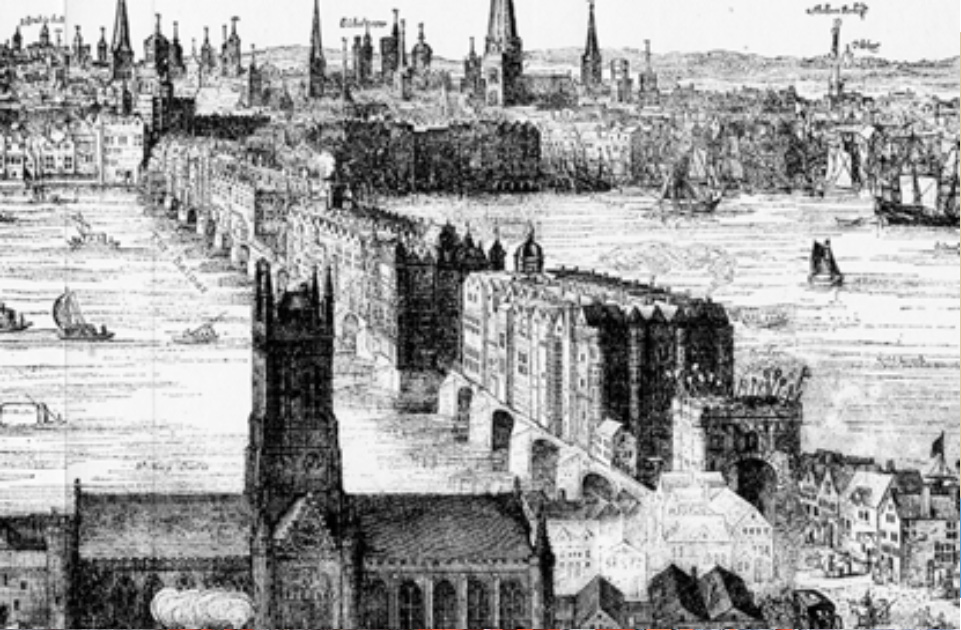
Figure 7: Shows that there were buildings on the London Bridge at that time
And the north bank was not so lucky, as the fire slowly approached the city's financial center. The majestic banks on Lombard Street and the dazzling commercial buildings on Cheapside Street were also visited by Zhu Rong. Bankers and businessmen have been searching for people to carry their belongings, but in the face of great difficulties, there are very few people who can be found. They can only watch the huge amount of gold and silver coins melt and flow, and a large amount of silk and jewelry turn into fly ash. Even the Royal Exchange has burned into a "smoking shell". The cost of hiring a carriage to leave the city has increased from a few shillings to 40 pounds (approximately equivalent to 140000 pounds today), and many car owners (including ship owners) have made a fortune. Of course, this money is not easy to earn, even if you use all your skills, you cannot cross the crowded crowd and pass through the bottleneck like city gate to reach the open land outside the city. Countless tents have also been erected on the originally open land, becoming habitats for the disaster victims.
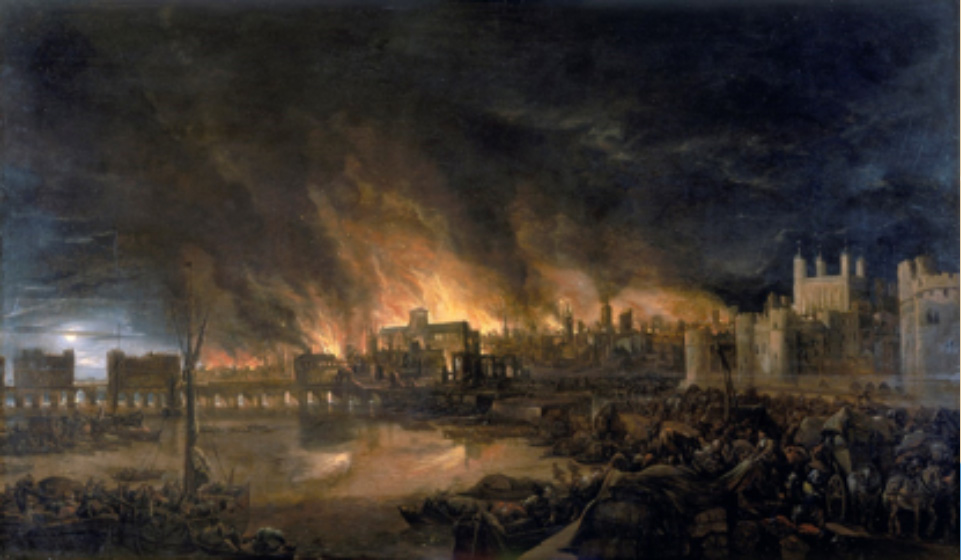
Figure 8: Flaming City of London and refugees who have escaped and camped outside, the London Bridge is on the left.
The happiness of the people fleeing from heaven was soon replaced by worries about the future, and under the cloud of sorrow, they needed an object to vent various negative emotions. At that time, it was the "Second Anglo Dutch War", which was caused by the British occupation of the Dutch colony in North America - New Amsterdam and renaming it as "New York". So it began to circulate among the public that the reason for the fire this time was intentional arson by external enemies. The reason is that some buildings that are not adjacent to the fire site will also inexplicably catch fire. What is it not arson?
In fact, in the eyes of professionals, these are not sufficient evidence for someone setting fire. Due to the upward airflow of the fire site, some unburned combustibles will be carried up high into the air and then dropped into the distance by strong winds. These combustibles are likely to become sparks that ignite new ignition points. This is why in forest and grassland fires, even if isolation zones are established, the fire situation should be closely monitored, in order to prevent sparks from flying over the isolation zone and falling from the sky. In addition, in the face of a major disaster and a breakdown of order, it is difficult to guarantee that there will be no hooligans and thugs setting fire to loot.
Unfortunately, most people do not expect these or would rather believe that there are "enemies" arson. Moreover, most of the printing factories in the City of London have been burned down, and official news such as newspapers and notices cannot be released. So the rumors spread further and further, and the arson suspects may be Dutch, German, or Spanish; It is more likely to be an old enemy, the French. The method of arson also changed from throwing matches at the house, to throwing fireballs, and finally to throwing hand grenades, with the speaker chiseling, as if seeing in person; The listener was shocked and the crowd was furious.
Soon, this anger turned into violent incidents against foreigners. This forced the militia and the Cold Creek Guard (the Scottish Legion of the Royal Guard), who were busy with disaster relief, to allocate more manpower and energy than firefighting to rescue foreigners from the persecution of lynching.
At night, Baynard's Castle, which guards the capital east and west of the Tower of London, also becomes a sea of fire. This sturdy castle was originally thought to be enough to block the flames from advancing westward, but the cruel reality once again makes people despair.
If there is anything good about this day, it is that the king has regained the command of disaster relief. In fact, there is no need to seize it. Mayor Thomas Bloodworth has abandoned the city and fled, and Charles II has appointed his younger brother James to be fully responsible for disaster relief work. Although there is basically only one way left now to 'demolish houses', the citizens of London have clearly realized that even if they do not demolish their own houses, they will never be spared. In addition, James personally led the guard and tirelessly ran through various dangerous situations, earning the trust of the citizens. Under the dual pressure of fire and monarchy, the demolition work faced little resistance. On September 3rd, it marked the beginning of organized rescue work. Amidst the interweaving of despair and hope, this city burning fire entered its third day.
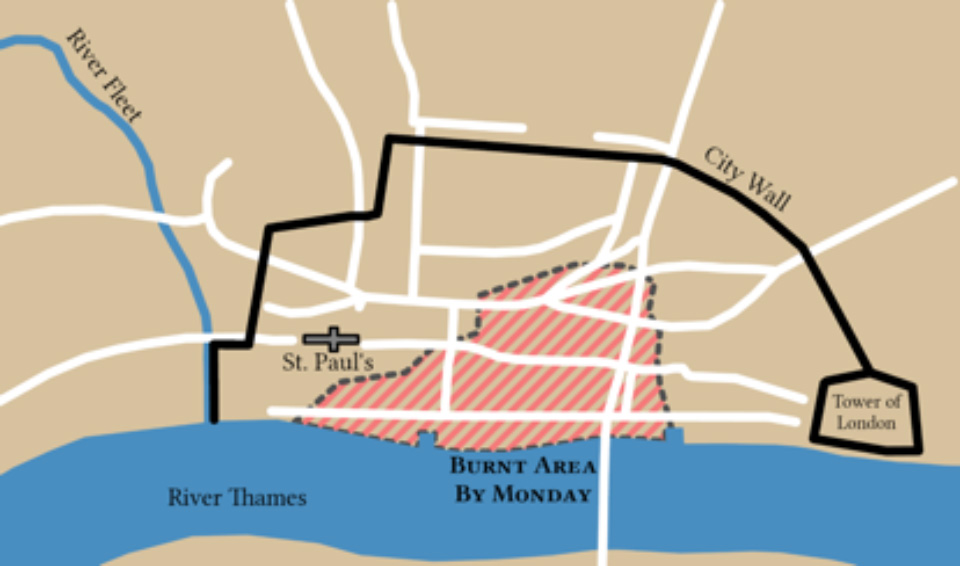
Figure 9: The fire on the late night of September 3rd
Burning City on September 4th
September 4th was the most destructive day of the fire. In the early morning, Duke James of York deployed heavy troops at the intersection of Strand Street and Fleet Street, attempting to rely on the natural barrier of the River Fleet to prevent the fire from advancing westward towards Whitehall. However, the Fleet River was too narrow after all, and due to the jumping effect of the flames bestowed by the east wind, their efforts were not effective. Instead, they fell into a dangerous situation where they were trapped by the flames before and after, and had to flee in wilderness.
The St. Paul's Cathedral in London is built with thick stone and has spacious open spaces around it. In addition, with the protection of gods, everyone regards it as a "safe zone", and many people place their property in churches for preservation. Unexpectedly, it did not comply with people's wishes. At that time, St. Paul's Cathedral was undergoing renovation, and the outer walls were surrounded by wooden scaffolding, which became a catalyst and ultimately turned the cathedral into a ruin.
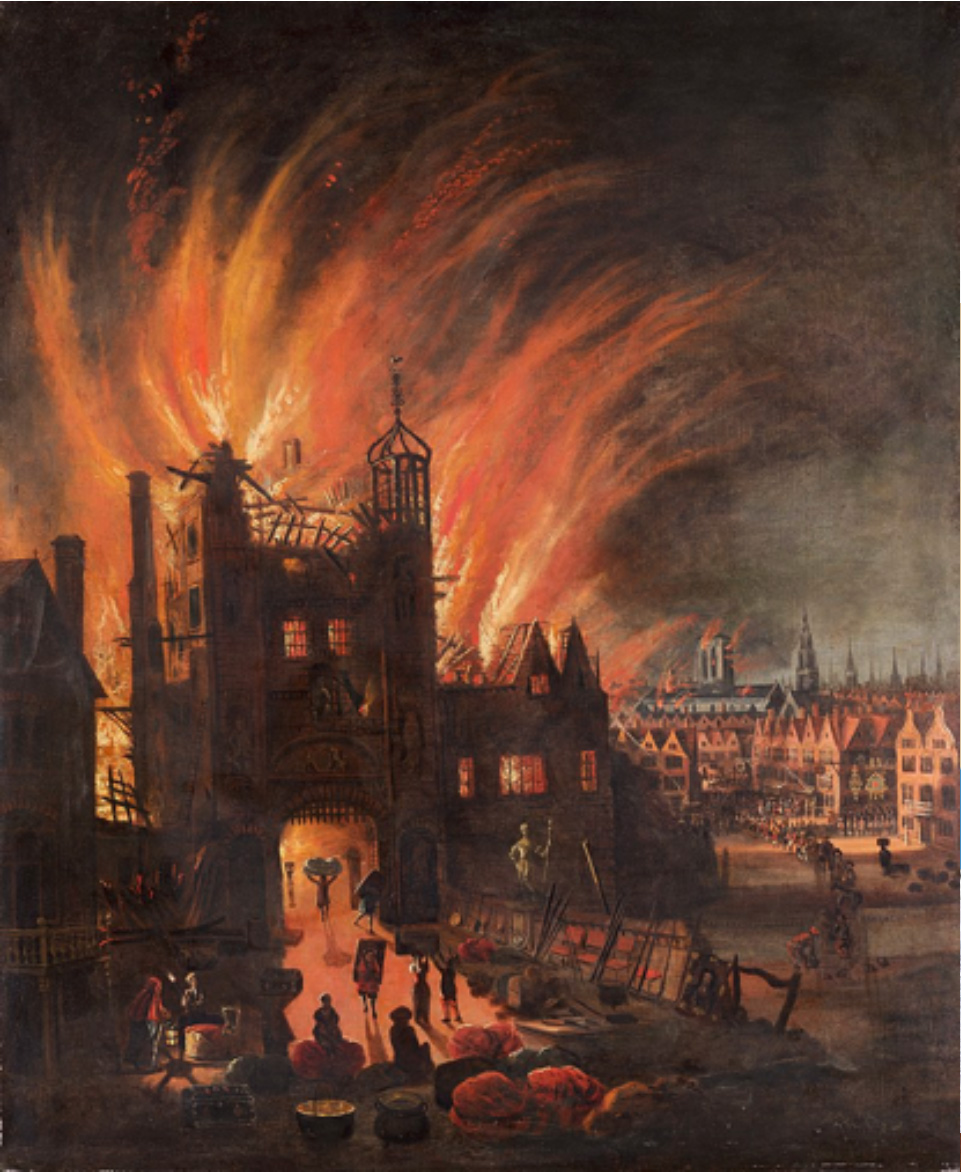
Figure 10: Disaster victims fleeing with belongings streaming along the way
Later, the fire continued to spread northward after burning down a group of luxurious commercial buildings on Cheapside Street. The extensive isolation zone opened up by the fire brigade on the north side, despite being penetrated in multiple places, fortunately did not fall back and always blocked the fire within the city wall.
Later on, the fire turned from advancing all the way west to facing east. Advance from the surrounding area of pudding alley towards the Tower of London to the east. In this fortress, there is a large amount of gunpowder stored, and the consequences of a fire are unimaginable. The garrison guarding the tower has been seeking help from the fire brigade for the past few days, but the western front is tight, and the fire brigade has no time to take care of the eastern area for a while. Seeing helplessness, the defenders of the Tower of London remembered "asking for help is better than asking for oneself." So before the fire advanced eastward, they had already created a quarantine zone outside the wall. Moreover, their method of creating a quarantine zone was faster and more efficient than using hooks to collapse debris. They directly used gunpowder to collapse a large area of houses, leaving a large amount of open space, making it impossible for the fire to approach the Tower of London.
Although the firefighting work has been effectively organized, the development of the fire has also shown a trend of starting a prairie fire. This type of disaster relief work is often more resilient than wildfires, and effective measures taken in countless previous disaster relief efforts, even if they cannot achieve immediate results, must be firmly implemented. The strongest execution force is, of course, a well-trained disciplinary force. On this day, in the three directions of east, west, and north, the main force blocking the flames happens to be soldiers or quasi soldiers.
Overall, the west still appears invincible; There are victories and defeats on the north side; To the east, the defense line was firmly defended. The fire is still raging inside and outside the walls of London, but the balance of victory and defeat has quietly tilted towards the side where the fire was put out.
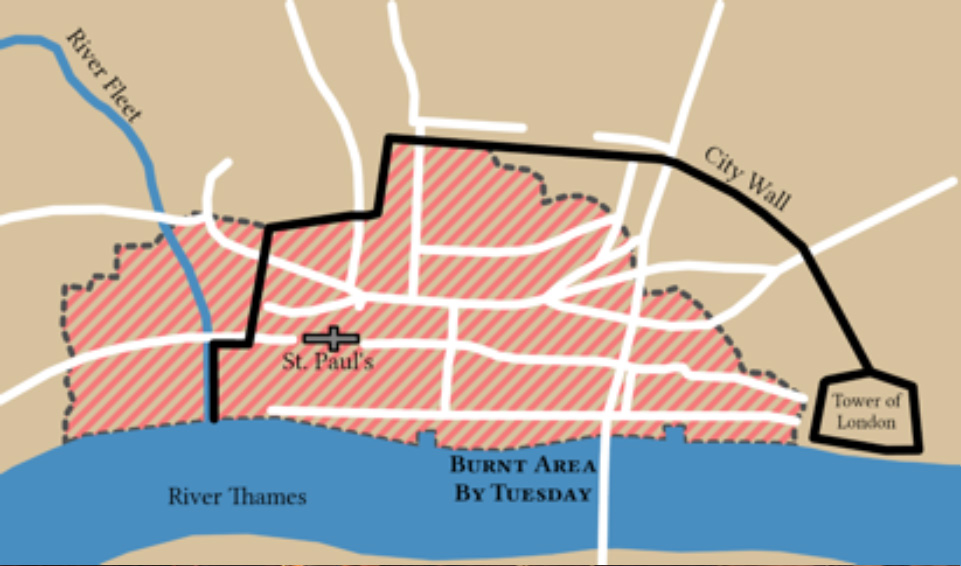
Figure 11: The fire on the late night of September 4th
—————————————————— To Be Continued ——————————————————
PS:Some images and texts are sourced from the internet. If there is any copyright infringement, please contact us to delete them within 24 hours.